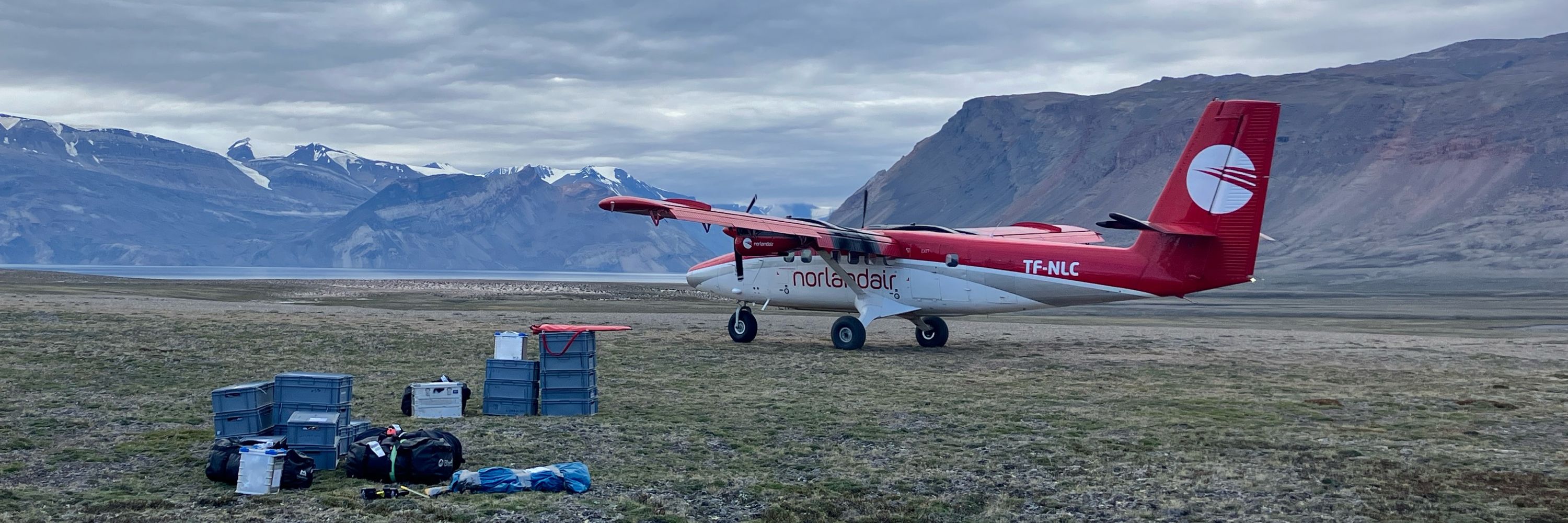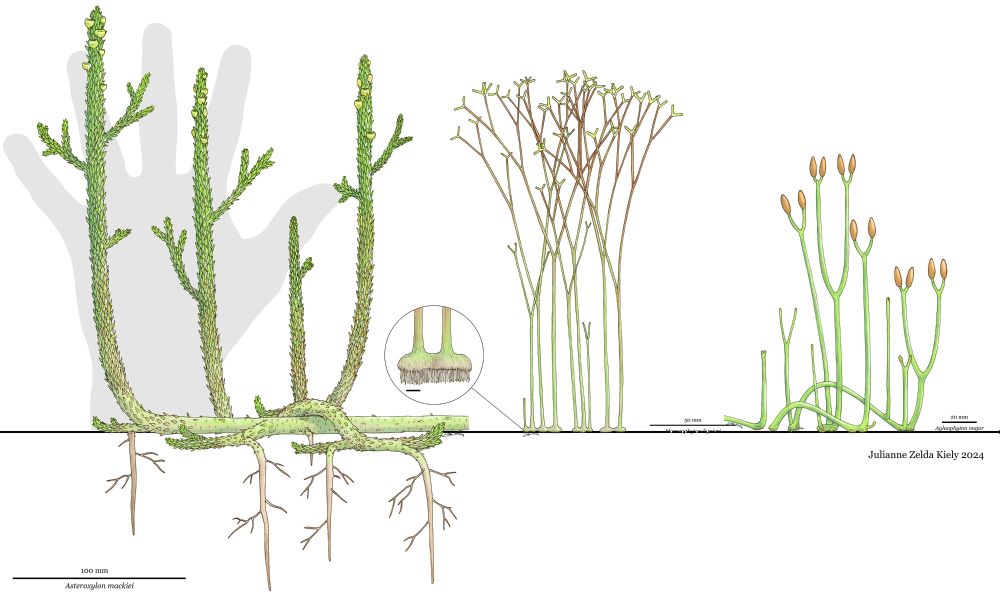Chris Berry
@christophermberry.bsky.social
65 followers
65 following
14 posts
Palaeobotanist. Cardiff, Wales uk
Posts
Media
Videos
Starter Packs
Reposted by Chris Berry
Reposted by Chris Berry
Reposted by Chris Berry








